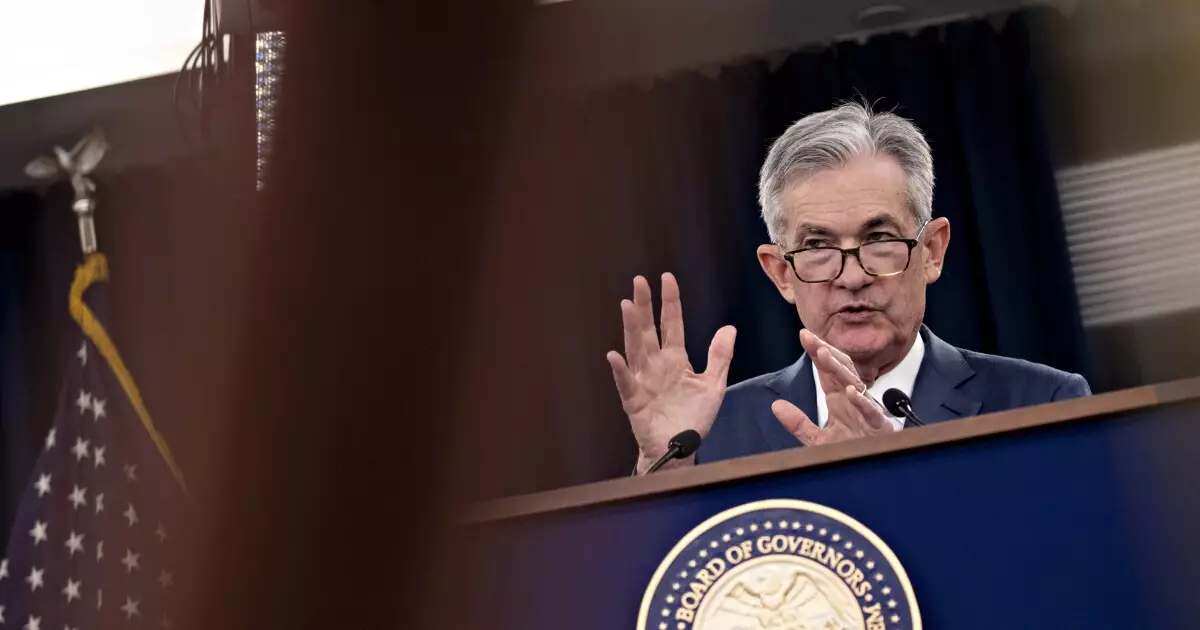The recent report released by the Bureau of Economic Analysis revealed that inflation, as measured by the personal consumption expenditures (PCE) index, is showing signs of easing. The PCE index for July indicated a 2.5% increase over the same period last year, while the core PCE, which excludes food and energy prices, rose by 2.6%. These figures were consistent with the readings from June, suggesting a sustained trend of annualized core PCE inflation remaining steady or declining for the past 15 months.
Federal Reserve Chair, Jerome Powell, has expressed confidence in the improving inflation outlook, citing that it is on a “sustainable path” towards the Fed’s 2% target. Powell highlighted the possibility of easing monetary policy in the near future, emphasizing that the timing and pace of rate cuts will depend on incoming data and the evolving economic outlook. The Fed’s target range for the federal funds rate has been between 5.25% and 5.5%, with expectations of a potential rate cut next month.
The decision to ease monetary policy is based on economic data, and members of the Federal Open Market Committee have indicated a preference for waiting too long rather than moving too early. Market participants have been anticipating a rate cut of at least a quarter percentage point, with two-thirds of contracts priced in for this scenario. The favorable PCE inflation reading aligns with previous positive developments in other key indexes, such as the Consumer Price Index and the Producer Price Index.
Federal Reserve Chair Powell highlighted the full employment side of the Fed’s dual mandate as a pressing concern, surpassing the priority of price stability. He expressed attention to the risks on both sides of the dual mandate, emphasizing the need to address employment challenges amidst a changing economic landscape. With upcoming reports on job openings and labor turnover, as well as the employment situation for August, the labor market will be closely monitored in the decision-making process.
As the Fed prepares for its next rate-setting meeting, additional data points, including the Consumer Price Index release on September 11th, will be considered alongside the core PCE index. While core PCE remains the preferred measure for the Fed, a comprehensive analysis of various readings will inform the monetary policy decisions moving forward.
The analysis of inflation trends, coupled with the evolving economic outlook and market expectations, sets the stage for potential monetary policy adjustments by the Federal Reserve. With a focus on maintaining a delicate balance between price stability and full employment, the Fed faces the challenge of navigating uncertain economic conditions while striving to achieve its dual mandate objectives.

